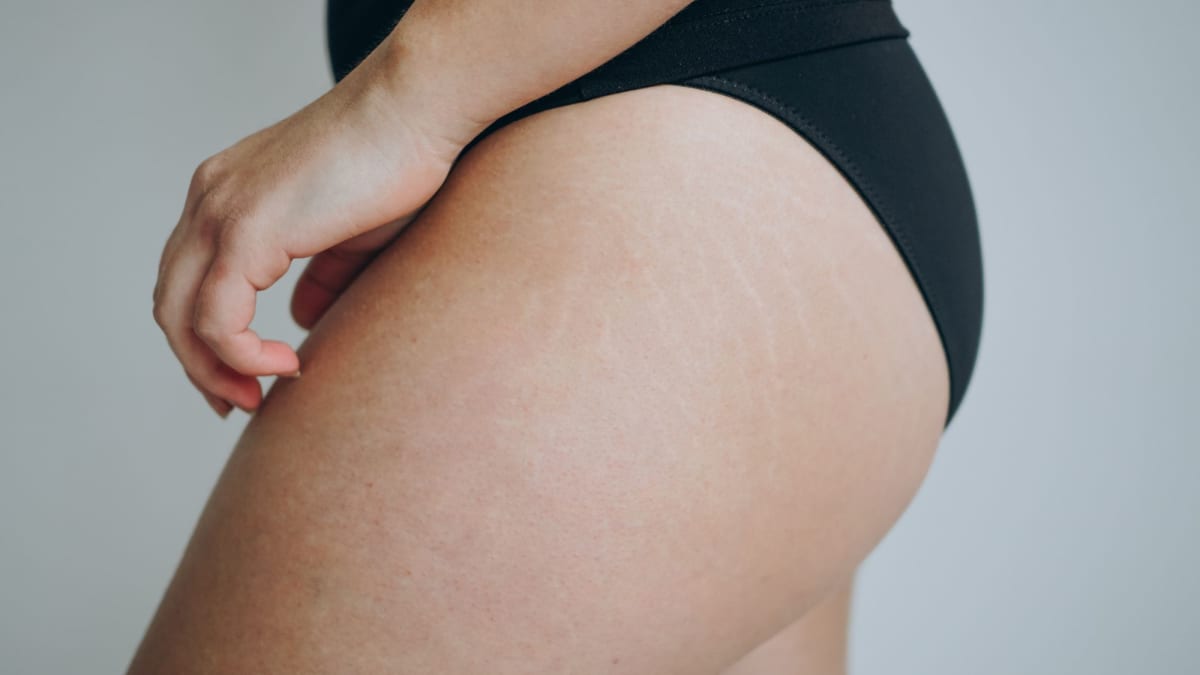Clothing Materials for KP Skin: How to Choose Wisely
For many individuals, particularly beauty professionals, understanding the unique needs of skin conditions like Keratosis Pilaris (KP) is essential. KP is a common but often misunderstood skin condition that presents as small, rough bumps on the skin's surface, primarily affecting areas like the arms, thighs, and buttocks. While KP is generally harmless, it can be a source of discomfort and self-consciousness for many. One of the crucial aspects in managing this condition is choosing the right clothing materials for KP skin.
The right clothing can make a significant difference in managing KP symptoms. As beauticians, it's vital to guide clients towards materials that not only enhance their appearance but also contribute to their skin's health. The selection of clothing materials is pivotal in reducing irritation and promoting smoother skin.

The Role of Clothing in Managing KP
Clothing plays a dual role in the lives of those dealing with KP. On one hand, it can protect the skin from external irritants, while on the other, it can exacerbate the condition if the wrong materials are chosen. Understanding the interaction between fabric and skin is essential for anyone looking to manage KP effectively.
Natural Fibers for Comfort
When advising clients on clothing choices, natural fibers like cotton and silk should be at the top of the list. These materials are breathable and soft, minimizing the risk of irritation. Cotton, in particular, is known for its hypoallergenic properties, making it an excellent choice for sensitive skin. Silk, while more luxurious, offers a gentle touch that can soothe irritated skin.
Moisture-Wicking Fabrics
Moisture-wicking fabrics are another excellent option for those with KP. These materials help keep the skin dry by drawing moisture away from the body. This is particularly important as sweat and moisture can exacerbate KP symptoms. Fabrics like wool and certain synthetics designed for sportswear can be effective in maintaining a dry skin environment.
Materials to Avoid for KP-Prone Skin
While choosing the right materials is important, it's equally crucial to know which fabrics to avoid. Certain materials can irritate the skin and worsen KP symptoms.
Synthetic Fabrics
Synthetic fabrics such as polyester and nylon can trap heat and moisture, creating an ideal environment for KP flare-ups. These materials often lack breathability and can cause friction, leading to increased irritation and redness.
Rough Textures
Fabrics with rough textures, such as wool blends or certain tweeds, should be avoided. The abrasive nature of these materials can aggravate KP bumps, making them more pronounced and uncomfortable.
Integrating Skin-Friendly Fabrics into Daily Wear
As beauticians, recommending skin-friendly clothing doesn't just stop at suggesting materials. Offering practical advice on integrating these fabrics into everyday wear can help clients live more comfortably with KP.
Layering with Care
Layering is a common fashion choice, especially in colder climates. Advising clients to layer with cotton or silk as the base layer can help protect the skin from harsher outer fabrics. This strategy ensures a barrier between the skin and potential irritants.
Choosing the Right Fit
Encouraging clients to choose clothing that fits well without being too tight can prevent friction and irritation. Loose-fitting clothes allow for better air circulation and reduce the likelihood of sweat buildup, which can aggravate KP.
Additional Tips for Managing KP
Beyond fabric choices, there are additional strategies that can help manage KP effectively. Regular exfoliation with gentle products can help reduce the appearance of KP bumps. Consider recommending exfoliating treatments that are specifically designed for sensitive skin conditions. More information about suitable exfoliating products can be found here.
Ensuring clients are aware of the importance of moisturizing with products containing ingredients like urea or lactic acid can also be beneficial. These components help soften the skin and reduce the rough texture associated with KP. For a deeper understanding of how various factors affect KP, you might want to explore how puberty impacts the condition.
Additionally, educating clients on the potential effects of environmental factors like pool water on KP can further aid in comprehensive management.

FAQs about Clothing Materials for KP Skin
What are the best fabrics for KP skin?
Natural fibers like cotton and silk are ideal for KP-prone skin due to their breathability and softness.
How can clothing affect KP?
Clothing can either protect the skin or exacerbate KP symptoms depending on the material's breathability and texture.
Are there any fabrics that should be avoided?
Yes, synthetic fabrics like polyester and rough textures should be avoided as they can trap moisture and cause irritation.
For further reading, you may visit reputable health sites like NHS for more insights on managing KP.

